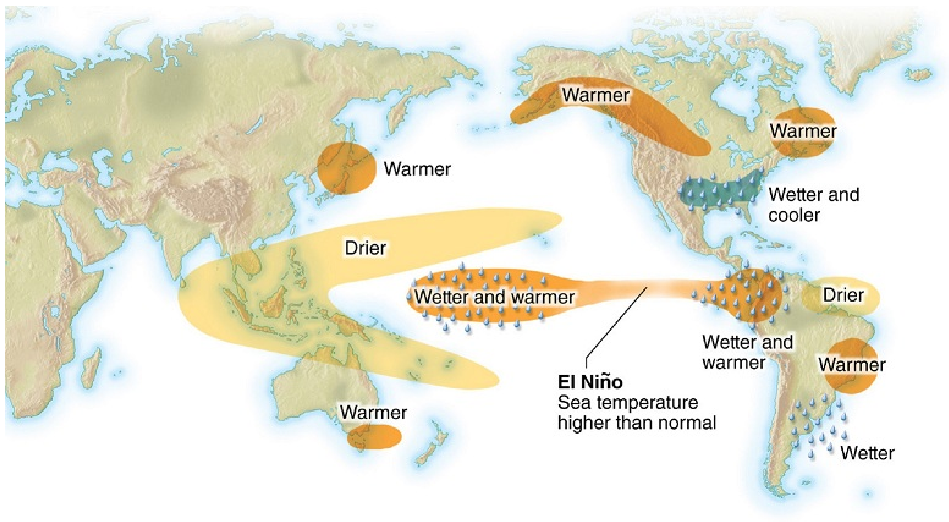Herbivores are at which trophic level within an ecosystem?
A. level 1
B. level 2
C. level 3
D. level 4
Answer: B
You might also like to view...
Scientists cannot predict when an El Niño will begin. But once it does, forecasters are able to predict changes to weather patterns. What would be a predicted weather effect of an El Niño?

A. Drier and warmer in the southeastern U.S.
B. Colder than normal across the northeastern United States.
C. More rain in Peru and Ecuador.
D. More rain in Indonesia and the Phillipines.
Clarify Question
· What is the key concept addressed by the question?
· What type of thinking is required?
Gather Content
· What do you already know about El Niño?
Choose Answer
· Given what you now know, what information and/or problem solving approach is most likely to produce the correct answer?
Reflect on Process
· Did your problem-solving process lead you to the correct answer? If not, where did the process break down or lead you astray? How can you revise your approach to produce a more desirable result?
Ring species such as the greenish warbler complicate the biological species concept because (select all correct choices)
A. at least some of their populations are reproductively isolated from one another but can still exchange genetic material. B. at least some of their populations overlap spatially, but individuals in those populations do not interbreed with one another. C. individuals in at least some populations interbreed with individuals from other species. D. ring species comprise populations that are in the process of allopatric speciation. E. none of these
Which of the following is occurring because of
the warming trend we are currently in?
a. birds are laying eggs earlier b. plants are flowering earlier c. mammals are hibernating for shorter periods d. the rate of extinctions is increasing e. all of these are occurring
Which of the following defines a genome?
A) the complete set of an organism's polypeptides B) the complete set of a species' polypeptides C) a karyotype D) the complete set of an organism's genes and other DNA sequences